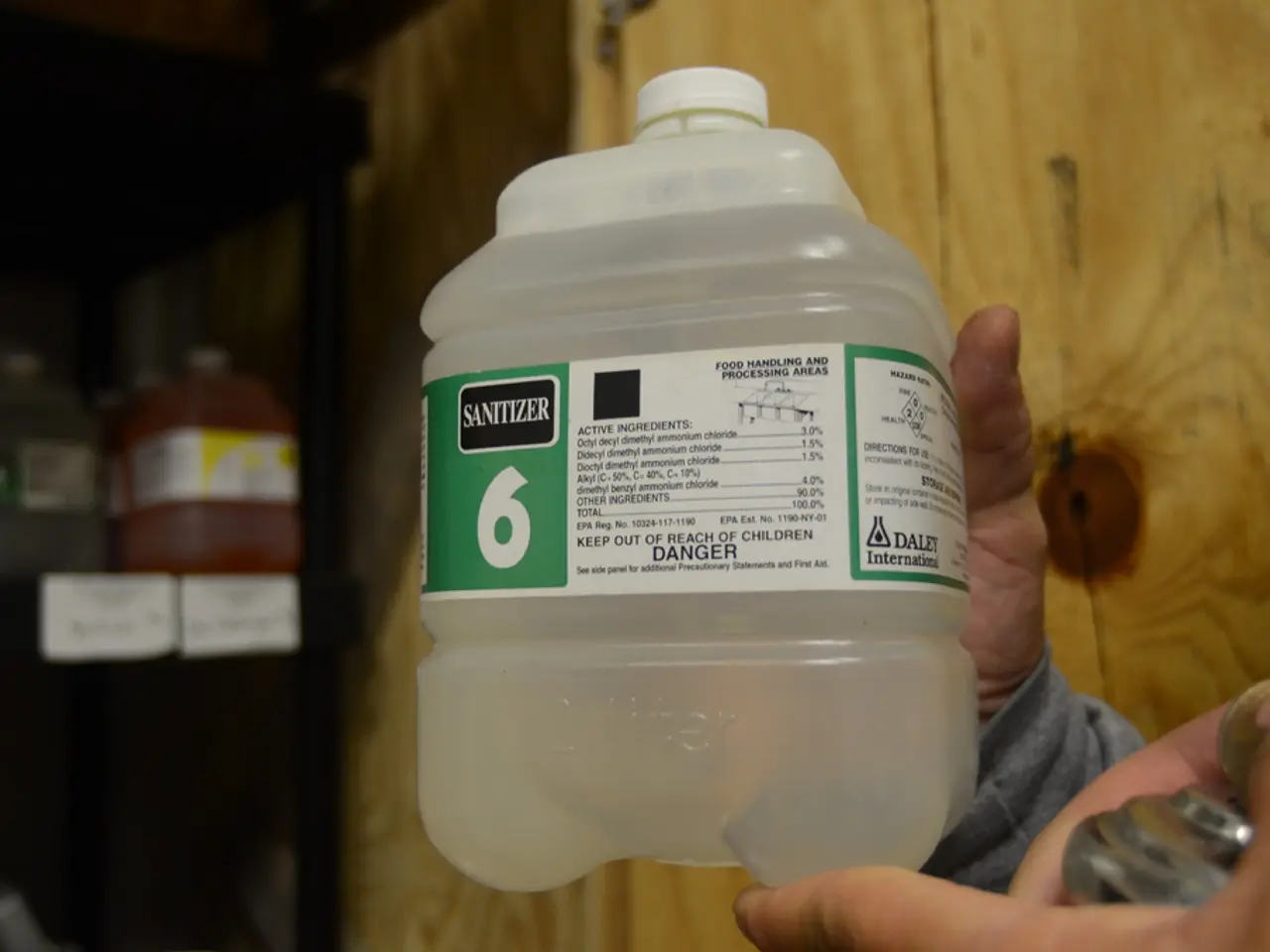Hand Sanitizers: The Difference Between Ethyl and Isopropyl Alcohol
When shopping for hand sanitizers, it's crucial to understand the types of alcohol used and their effectiveness. Both ethyl and isopropyl alcohol, also known as ethanol and rubbing alcohol respectively, are commonly employed. However, their origins and germ-killing abilities differ.
Isopropyl alcohol, or '2-propanol', is industrially synthesized from petroleum derivatives, unlike ethyl alcohol which is traditionally produced by fermenting sugars from biomass like grains or sugarcane. Despite their distinct origins, both are potent disinfectants and antiseptics.
The World Health Organization advises selecting a hand sanitizer with at least 60 percent ethyl or isopropanol alcohol. To be most effective, both types should be diluted to around 70 percent. However, ethyl alcohol is not effective against all nonenveloped viruses, while isopropyl alcohol, including the type used in hand sanitizers, is proven to combat enveloped viruses like the one causing COVID-19.
It's vital to note that consuming hand sanitizers or other alcohol products not intended for consumption can result in severe health consequences or even death.
In summary, when purchasing hand sanitizers, ensure they contain a minimum of 60 percent ethyl or isopropyl alcohol. Both types are effective disinfectants when diluted to about 70 percent, with isopropyl alcohol specifically effective against enveloped viruses. Always remember, alcohol-based products should never be ingested.
Read also:
- FDA's Generic Mifepristone Approval Sparks Pro-Life Concerns Over Safety and States' Rights
- Understanding Child Development: Causes and Signs of Delays
- Top Superfoods for Hormonal Health: Avocados, Berries, Flaxseeds, Turmeric, and Cruciferous Veggies
- Pope Francis' New Book 'Let Us Dream' Offers Unity and Hope for Post-Covid World






